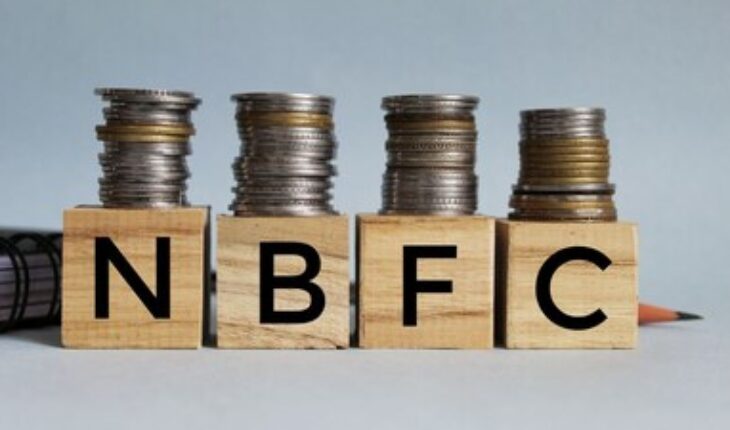New Delhi: Credit growth of non-banking financial companies (NBFCs) is expected to ease to 13-15 per cent in financial years 2025 and 2026, down from the 17 per cent recorded in the previous two fiscal years, according to a recent report by rating agency ICRA.
Overall NBFC credit stood at approximately Rs 52 trillion in December 2024 and is projected to exceed Rs 60 trillion by FY2026.
Retail assets, which accounted for 58 per cent of overall NBFC credit in December 2024, have been the primary growth drivers, while other wholesale and infrastructure credit expanded at a stable rate of 10-12 per cent during FY2023-FY2025.
The retail assets of NBFCs expanded at a compounded annual growth rate (CAGR) of 23 per cent during FY2023-FY2024.
However, ICRA now expects retail assets to grow at a relatively slower 16-18 per cent CAGR during FY2025 and FY2026, citing the high base created in the post-COVID expansion of this segment and concerns about borrower overleveraging, which has impacted loan quality in certain asset segments.
Asset segments including microfinance, personal loans, credit cards, and unsecured business loans are witnessing higher stress in FY2025, leading to elevated delinquencies and write-offs.
Unsecured business loans account for nearly 28 per cent of retail NBFC credit as of December 2024.
“While the stress is largely confined to the unsecured loans at present, in a constricted credit flow environment, the refinancing ability of some of the borrower segments shall get adversely impacted,” stated Karthik Srinivasan, Group Head Financial Sector Ratings at ICRA Limited.
Thus, performance-secured loans availed by these borrowers, namely small-ticket vehicle loans and micro and small-ticket mortgage loans, etc., shall remain a key monitorable,” he added.
The rating agency noted that while most regulatory actions are expected to have some near-term impact on growth, they augur well for the sector in the long term.
Most entities have the ability to absorb any near-term impact, considering their strong balance sheets and healthy earnings profiles.
“Moderate loan growth expectations, along with limited dependence on short-term funding at present, bode well for sectoral liquidity, which is expected to remain adequate, but access to the commensurate funding remains key,” the report stated.
Debt issuances, which improved in FY2025, are expected to remain healthy in the current fiscal year, supported by a favourable outlook on interest rate cuts.
However, competitive pressures are anticipated to remain elevated, which will impact margins despite the reduction in the cost of funds. As growth slows down, ICRA anticipates a rise in credit costs in line with increasing delinquencies, especially in unsecured loan segments.
Overall, the profitability of NBFCs, excluding housing finance companies (HFCs), is projected to face headwinds, with return on average managed assets (RoMA) expected to decline by approximately 30-50 basis points in FY2025-FY2026 compared to FY2024 levels.
While HFCs’ performance has remained relatively stable, the impact of portfolio seasoning on credit cost remains to be seen, according to the report.






